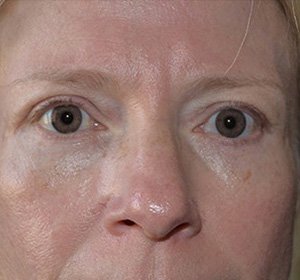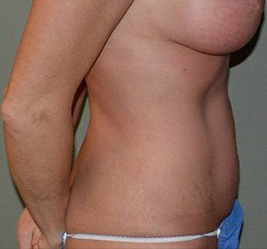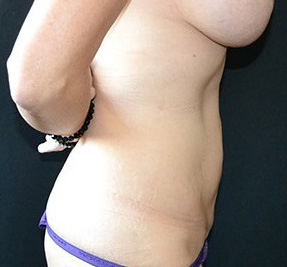Last month I wrote about the importance of Sunscreen. I can’t tell you how many patients I have seen since with sunburns. This month I wanted to review some of the more common skin cancers.
The main cause of all these skin cancers is ultraviolet radiation. That is why sun protection is so important. Avoiding sunburns goes a long way to preventing skin cancer.
The most common skin cancers I remove are Basal Cell (BCC) and Squamous Cell (SCC) Carcinomas. Usually, these cancers grow in areas that have suffered sun damage although they can occur anywhere. Typically, they grow locally and do not metastasize. Removal of these is curative. Sometimes I remove these cancers in the office. Often I excise these in the Operating Room with local anesthesia and IV Sedation.
In the operating room, we have a Pathologist who will take the specimen I remove and perform Frozen Section. To perform frozen section he orients the specimen by color coding the edges. He then freezes the tissue to extreme temperatures. After freezing, he can thinly slice the tissue and look at it under the microscope. If he determines that I have gotten around the tumor then I will begin to reconstruct. If he thinks he still sees some cancer, then I will cut out more until he gives me the “All Clear”.
To reconstruct these I follow the time proven reconstructive ladder. Wounds that are small I will allow to heal on their own. If they are larger and I can get the tissue together, I will just sew the edges together. Often I will have to rearrange the tissue to create a flap and minimize any cosmetic deformities. Sometimes, I will do a skin graft and take skin from somewhere else on the body and transplant it to the area I cut out. The trick here is to reconstruct and make it look like nothing was ever done. Of course, I will not reveal all my tricks for doing that here!
The most dangerous skin cancer that I see often is Malignant Melanoma (MM). Like the Basal and Squamous cancers I discussed earlier, the main cause for Melanoma is Ultraviolet Radiation. There are also some people who have a genetic predisposition to getting MM. Unlike BCC and SCC, Melanoma has a much greater risk of distant spread of cancer.
Excisions of melanoma need a much more aggressive surgery. Frozen sections are not great for checking the margins, so the Pathologist must rely on more traditional methods. With MM we take much larger amounts of tissue (think cm instead of mm) to try and get around the cancer. The Pathologist usually takes several days to tell us if we got completely around the cancer. In some cases of Melanoma, we must also check the lymph nodes to make sure the cancer has not spread. In these cases, we will perform a Sentinel Node Biopsy (SNB).
The idea of the SNB is that we get the node cancer would most likely drain to. If there is cancer in this node, we may have to remove more nodes in the same area. To do an SNB we have the radiologists inject a small amount of radioactive dye near the tumor and track what lymph node the dye goes to. We will also inject a small amount of blue dye so that we can see the node as well.
The excision of MM results in a much larger wound to reconstruct. As you can imagine, this is a much more difficult reconstructive problem. But, I still follow the same reconstructive ladder that I follow for BCCs and SCCs. It is hard to make it look like nothing was ever done in these cases. The key to getting a nicer reconstructive result is to minimize the resection. The only way to do that is to catch the cancers early.
Regular skin checks are the best way to catch cancers early. If you see a suspicious or changing mole you want to show it to your Dermatologist early. For those with a family or personal history of skin cancers, you should see your Dermatologist AT LEAST once a year. I encourage all my immediate post-op patients to see their Dermatologists every 3 to 4 months. If you are unsure about how to do a self-exam for skin cancer, this site is a good resource.
But remember, the best way to avoid skin cancer is to avoid UV exposure as much as possible. That means no tanning booths or sun tanning. It also means using a Broad Spectrum UV blocker when you are in the sun and reapplying often.






